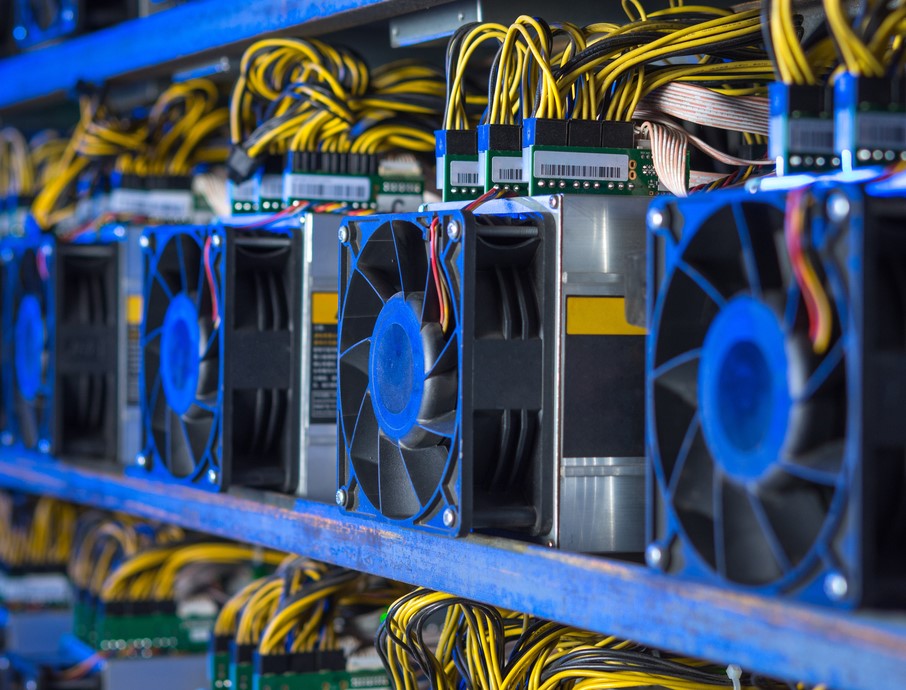Today’s modern data centres face an uphill struggle. iBeLink Miners Before even considering power protection, many are facing difficulties even securing enough supply for their sprawling facilities. Research organisation Gartner predicted that by this year (2008) 50% of currently established data centres would have insufficient power and cooling capacity to meet demands. Quocirca found that 43% of data centres are aware of an approaching power constraint with 14% (19% in the USA) having already reached their limit.
This is due, in part, to server sprawl as well as a lack of consolidation between procurement, application management and energy use. But even with a complete change around in management data centres still need to elevate power generation and protection further up the boardroom agenda as their businesses, and those of their customers, rely so heavily on power continuity.
Data centre power protection must focus on availability, redundancy, resilience and serviceability with uninterruptible power supplies at the centre and as the bridge between mains power and standby power (whether a diesel generator, fuel cell or other source).
The most important first step towards uninterrupted power is to categorise loads into critical, essential and non-essential and then size those that warrant UPS protection in terms of their energy use. Critical loads (IT infrastructure, servers, networks, routers and so forth) are those that the business simply cannot function without. They will require UPS protection and redundancy and may even warrant extended runtime.
Essential loads (heating and emergency lighting, for example) are those that do not necessarily directly affect business continuity but which may be required for health & safety reasons. They may need UPS protection to ensure their continuity until generator start-up but may not require redundancy. Non-essential loads (printers, canteen facilities) can be temporarily lost in a power failure and do not require any form of UPS protection.
Sizing an uninterruptible power supply system can be tricky. If it is significantly oversized it will run inefficiently and cost more to install. Conversely, ‘undersizing’ will introduce the risk of system overloads. Whilst an on-line uninterruptible power supply has a built-in automatic bypass for emergencies, running close to design limits with regular overloads is bad practice.



